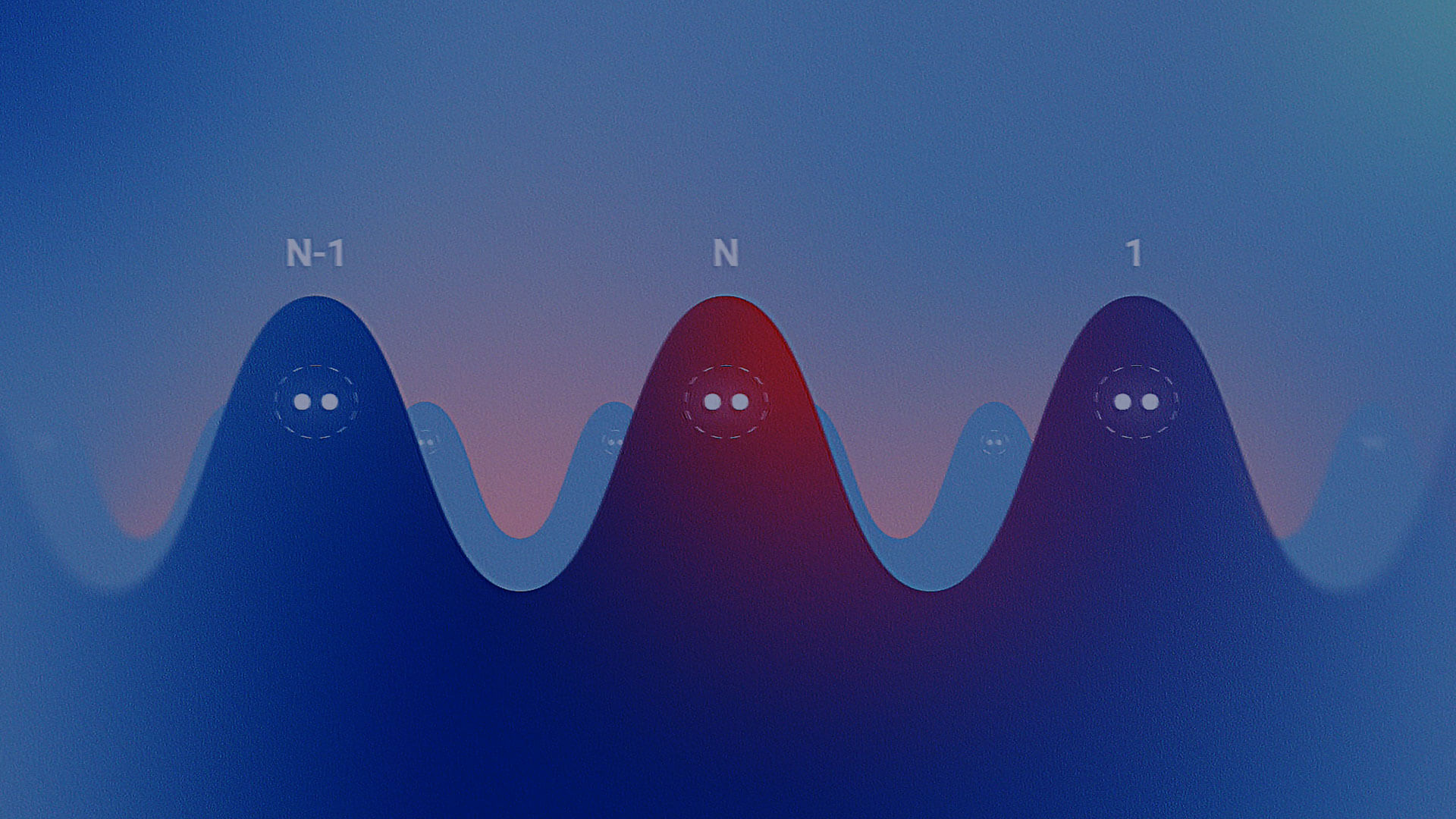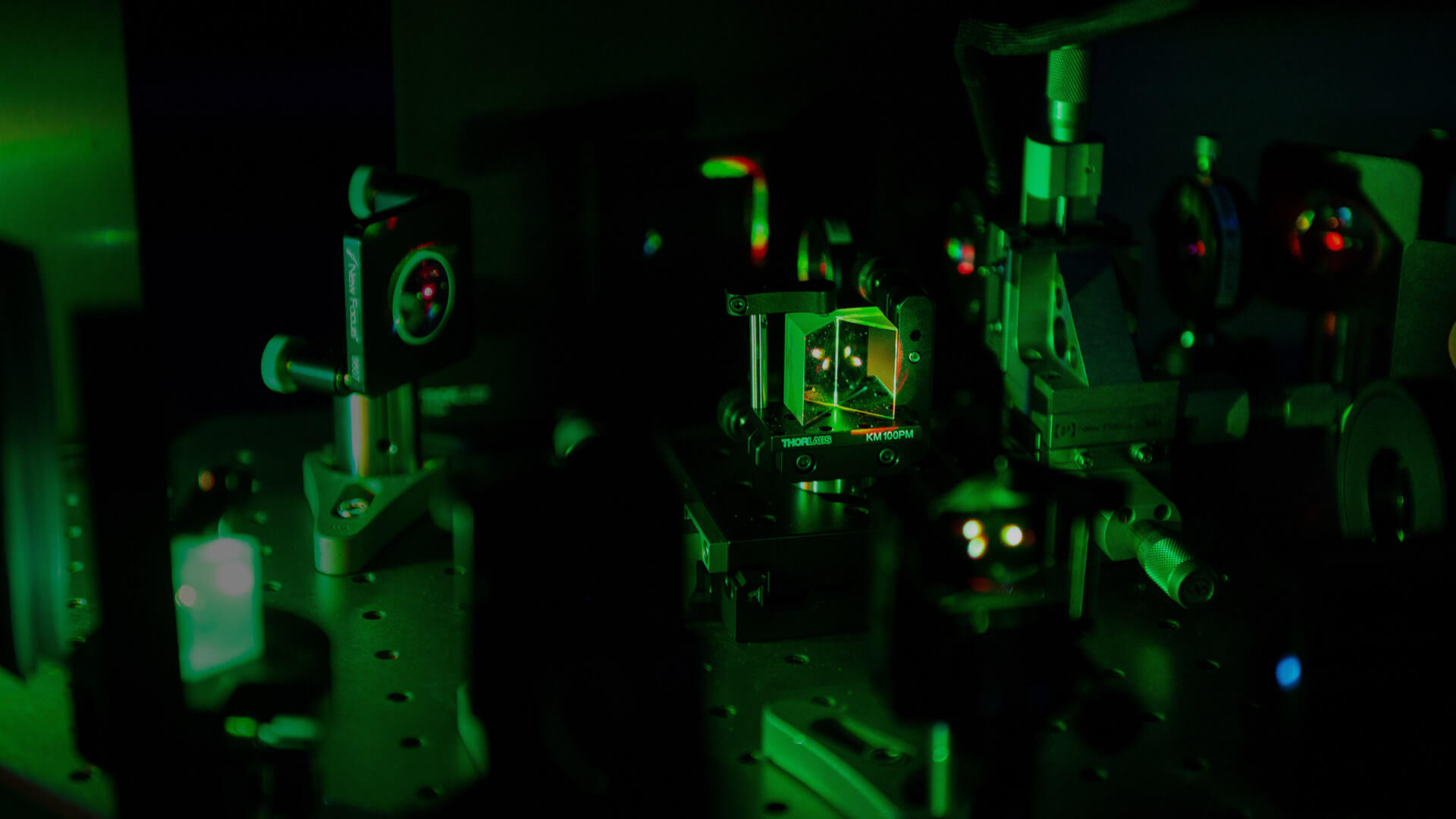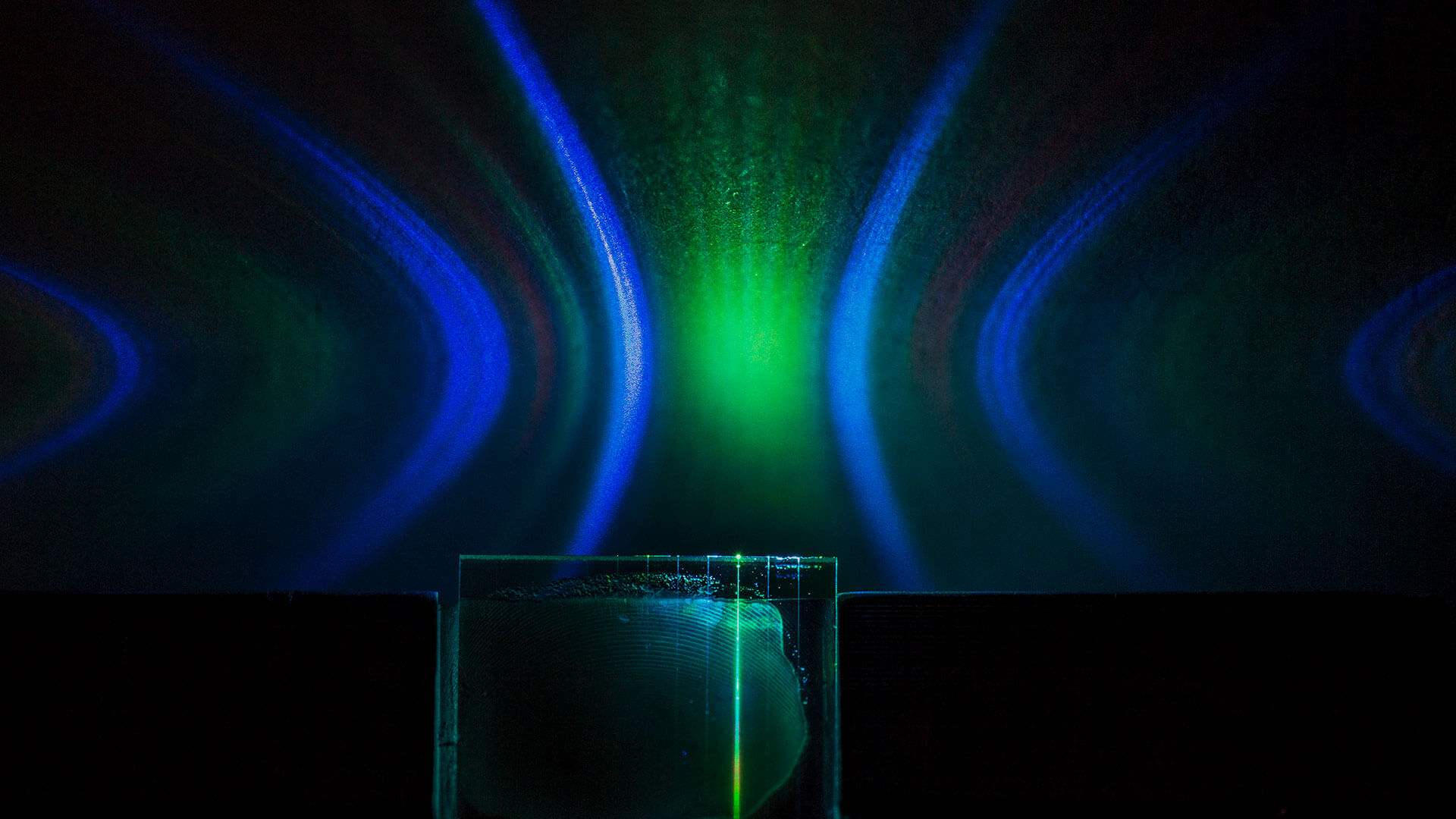Menu
Menu
PHI Lab Research/
Photonic Accelerator Hardware
More is different. Starting from simple physical building blocks, complex and qualitatively new phenomena arise. The same rule applies in computing: “Moore’s Law” scaling has given us more than just fast word processors: smartphones, autonomous vehicles, CT / MRI scans, CAD, multiphysics simulation, 3D rendering, Web 2.0, video processing, and artificial intelligence (to name a few examples) all owe their existence to Moore’s Law.
Extending Moore’s Law will lead to even more applications that are not possible today. Unfortunately, for basic physics reasons, getting more Moore has become more and more difficult. Transistor size limits, the breakdown of Dennard scaling, and the interconnect bottleneck severely constrain further performance enhancements with electronics. This motivates research into new approaches that go beyond more Moore.
Photonics is a particularly attractive candidate that promises orders-of-magnitude performance improvements largely due to extremely high carrier frequencies (100’s of THz) and use of lossless dielectric materials. Advantages of photonics include high data rates, wavelength multiplexing, long-distance propagation, reversibility, quantum coherence, and programmable linear operations. Our group studies the photonic devices and hardware necessary to enable photonically accelerated computing, focusing on two central applications: deep learning and optimization.

Figure 1
(Figure 1) Deep neural networks (DNNs) are a promising new frontier in artificial intelligence. Advances in DNNs have hitherto relied on exponential growth in the available compute, through a combination of Moore’s Law and parallelization / specialization. With Moore’s Law running out of steam, photonic DNN accelerators have attracted great interest. Such “optical neural networks” (ONNs) exploit optical interference to perform matrix multiplication, the bottleneck step in DNNs. Our group studies ONNs based on a range of platforms including mesh networks, weight banks, and photoelectric multiplication, which promise orders-of-magnitude performance improvements compared to state-of-the-art electronics. Platforms under study include free-space, silicon photonics, and lithium niobate.

Figure 2
(Figure 2) Many industrially important tasks can be reduced to combinatorial optimization problems, which take exponential time if P ≠ NP. In the last decade, researchers have developed algorithms based on ordinary differential equations that match or outperform the best heuristics even when simulated on a CPU. This suggests that if an analog photonic system could be programmed to follow the desired dynamics, significant speed-up is possible. Our group studies photonic dynamical systems, such as the Coherent Ising Machine (CIM), that can implement such algorithms directly in the physical dynamics, showing promise for speeding up the solution of combinatorial problems by several orders of magnitude.




